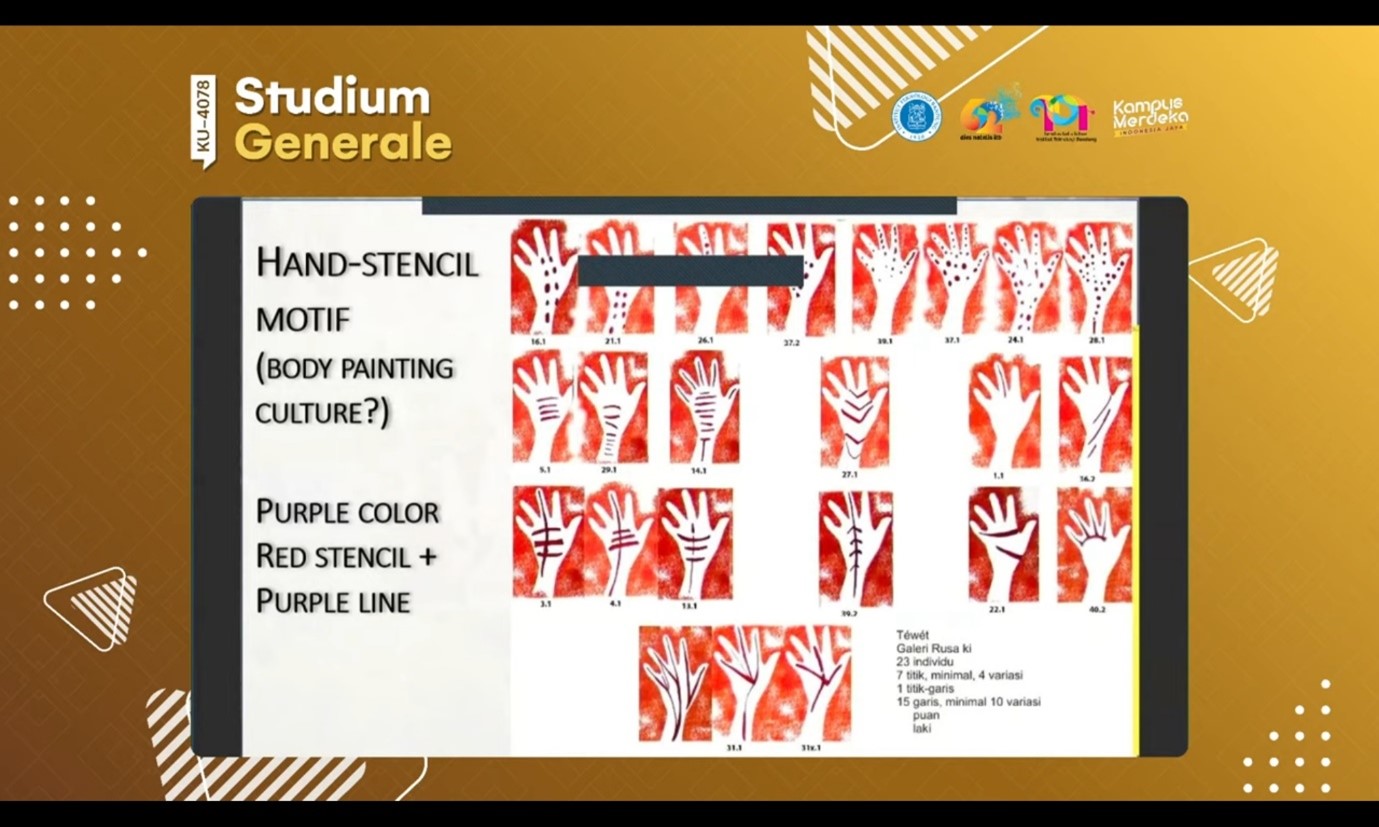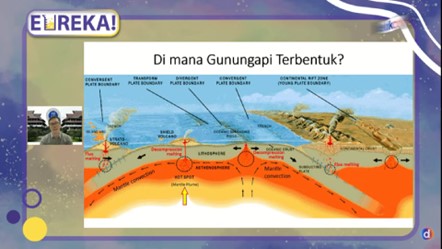Dr. Pindi Setiawan: Rewriting World History in Pre-Historical Context
By Adi Permana
Editor Adi Permana

BANDUNG, itb.ac.id – Studium Generale KU-078 ITB presented Dr. Pindi Setiawan, a researcher of visual communication specialized in pre-history drawing. This public lecture took a theme of "The Legacy of Pre-Historic Cave Drawing: From Glacial age to Ocean age", Wednesday (17/3/2021).
Previously it was reported that an amazing discovery of the oldest handprinted drawing was or rock art was found in Indonesia, more precisely at Karst mountain range Sangkulirang-Mangkalihat, East Kalimantan. One of the researchers involved in the discovery is Dr. Pindi Setiawan M.Si., a lecturer in the Faculty of Arts and Design Institut Teknologi Bandung (FSRD-ITB).
(Also read: Dr. Pindi Setiawan Berbagi Cerita Penemuan Lukisan Dinding Tertua di Karst Sangkulirang)
Until 1994 almost all history books stated that cave drawing is nowhere to be found in the western part of Indonesia. That theory was broken when in 1995, Dr. Pindi and his team found a cave drawing (hematite) in Sangkulirang-Kalimantan. He further explains that the newly founded cave drawing is said to be the oldest cave drawing in the world theoretically, although the exact date is still unknown.

"It is not seldom that we (Dr. Pindi and teams) need to settle for 1 to 1,5 months in the middle forest," he said when explaining the process of discovering cave drawing, an activity which he occupied since his bachelor years.
"What we found in those historical sites—inside the cave, inside rock inlet—for me is one of the best pre-historic drawings that can be found in the whole world."
Dr. Pindi state that prehistoric man depicts another big mammal. An example of that is the drawing of deer and bull, and in some locations, he found the drawing of bear, boar, gecko, turtle, and giant armadillo. Even in some places, we found a drawing of a leaf.
Ice Age in Indonesia
Furthermore, Dr. Pindi explains that a process that cannot be skipped is the direct dating process. From that process we obtain a conclusion that at that time it was drawn, the Borneo, Sumatera, and Java were still connected into mainland Asia, more precisely in the ice age or glacial age. "It means that those cave-drawing was drawn by Pre-Austronesian people," he adds.
What Dr. Pindi did is rewriting the world history according to newly found cave-drawing. Although the variation in the drawing is not significantly difference from our point of view, however the drawing style differ from area to area. What is more interesting is that the drawing is supposed to tell a story, not just a silent portrait.
3 Prehistoric Era in Indonesia
He later explains that three eras existed in prehistoric Indonesia: glacial age, de-glacial age, and ocean age. "In the glacial age, the drawing found has red color. Meanwhile, in the de-glacial age it has purple color and in the ocean age it has coal-black color," he continues.
Reporter: Athira Syifa P. S. (Teknologi Pascapanen, 2019)
Translator: Favian Aldilla (Teknik Sipil, 2019)

.jpg)
.jpg)
.jpg)
.jpg)
.jpg)

